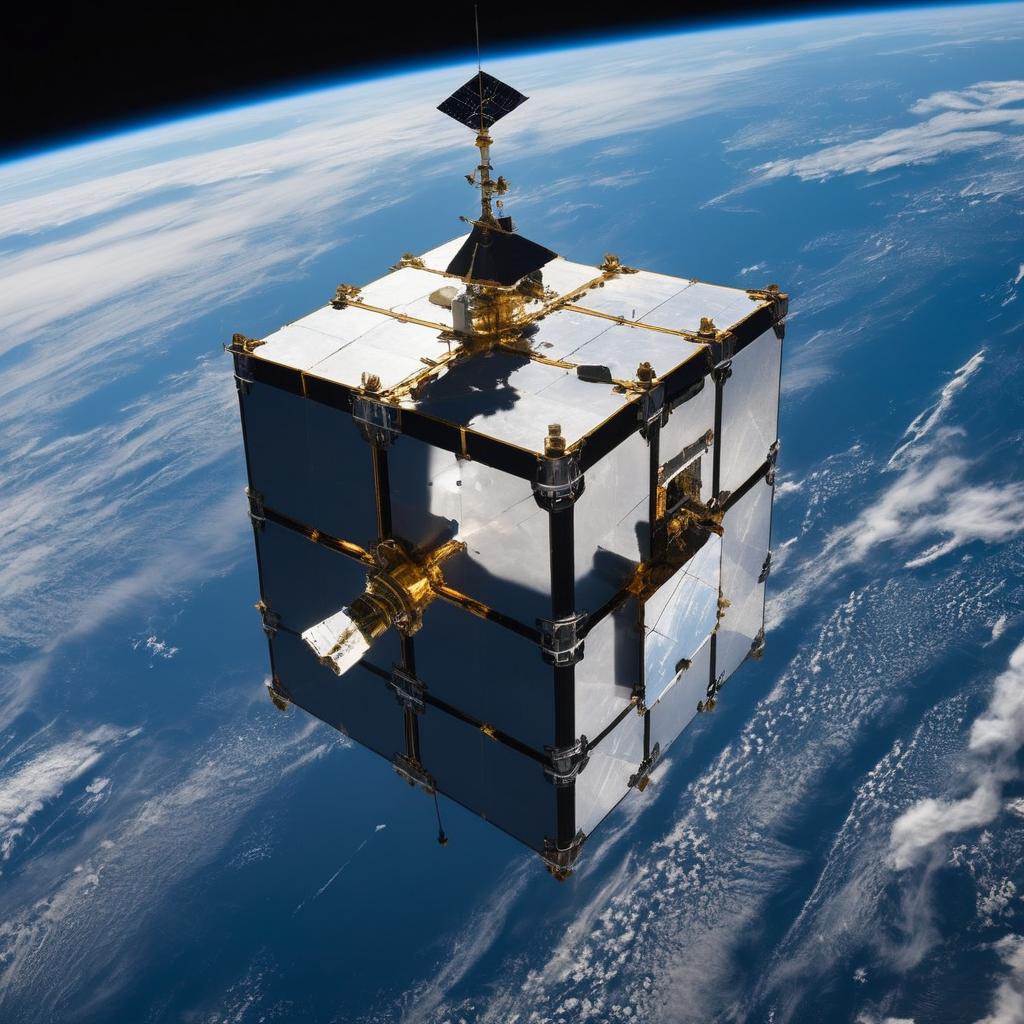
I am deeply concerned about the urgent need for action on climate change. This is why I am excited about the launch of this satellite dedicated to tracking methane emissions.
It represents a significant step forward in our collective efforts to address this pressing global issue. Fred Krupp’s statement that the pledge made by over 50 oil and gas companies at COP28 is “the single most important thing…ever announced at any COP in terms of the effect it’s going to have in lowering the temperature rise that we would otherwise see in the next 10 years” highlights the magnitude of this agreement.
I also want to emphasize that while this satellite is a crucial tool in our arsenal against methane emissions, its success will depend on effective implementation and enforcement mechanisms. As Krupp notes, chronic leaks are a major contributor to methane emissions and addressing them requires reasonable costs. The satellite’s data must be used to hold companies accountable for their pledges to significantly reduce methane leaks by 2030.

Why methane leaks are so dangerous?
Methane is a potent greenhouse gas, with a global warming potential (GWP) that is 28 times greater than carbon dioxide over a 100-year time horizon. This means that methane releases from human activities have the potential to significantly contribute to climate change, as they trap heat in the atmosphere and exacerbate global temperatures. When methane leaks into the environment, it accelerates the pace of warming much faster than carbon dioxide does.
The current rate of methane emissions is estimated to be around 600 Tg/yr (1 Tg = 1 billion kg), which accounts for approximately 21% of human-caused greenhouse gas emissions. This is a significant contribution to global warming, as methane is the second most prevalent greenhouse gas in our atmosphere after carbon dioxide.
As such, reducing methane leaks can be an effective way to mitigate climate change and slow the pace of warming, as well as reduce other air pollutants that are often released alongside methane. This makes addressing methane leaks a critical priority for policymakers and industry leaders alike, who must work together to find solutions and implement best practices aimed at reducing these emissions in order to preserve our planet’s health and future for generations to come.
Detection is the key to success in methane reduction
The satellite dedicated to tracking methane emissions will have a significant impact on enforcing the pledge made by over 50 oil and gas companies at COP28 to reduce methane leaks by 2030, as highlighted by Fred Krupp, head of Environmental Defense Fund. The satellite will identify chronic leaks, which are a major contributor to methane emissions and can be addressed at a reasonable cost. Methane emissions have been largely overlooked in discussions about greenhouse gases, with carbon dioxide being the primary focus.
However, in 2020, anthropogenic releases of methane will cause warming equivalent to all fossil fuel burning on the planet for ten years. Krupp emphasizes that this agreement is “the single most important thing…ever announced at any COP in terms of the effect it’s going to have in lowering the temperature rise that we would otherwise see in the next 10 years.” The satellite will aid in enforcing this pledge by allowing for more accurate and detailed monitoring of methane emissions, which will hold companies accountable for their commitments.
This will also provide a better understanding of where the chronic leaks are occurring, which can inform targeted actions to address them. Krupp’s statement that this agreement is the most important thing ever announced at any COP in terms of effect highlights its significance and potential impact on mitigating climate change.
The satellite’s ability to identify chronic leaks will also provide companies with a clear path towards addressing these issues, which can ultimately lead to reduced emissions and lower costs associated with addressing these leaks.
While there are still challenges related to reporting Scope 3 emissions from suppliers and customers, Krupp notes that the SEC’s recently announced climate disclosure rule is an important step forward. However, more work needs to be done to address these issues fully. In summary, the satellite dedicated to tracking methane emissions will have a significant impact on enforcing the pledge made by over 50 oil and gas companies at COP28 to significantly reduce methane leaks by 2030.
Its ability to identify chronic leaks will hold companies accountable for their commitments, provide detailed monitoring of emissions, and inform targeted actions to address these issues. Krupp’s statement underscores the importance of this agreement in mitigating climate change, and while there are still challenges related to reporting Scope 3 emissions, the SEC’s recently announced climate disclosure rule is a positive step forward.







1. Integrate satellite data into existing regulatory frameworks: Ensure that the data collected by the satellite is used to inform policy decisions and drive meaningful change.
2. Develop robust reporting standards for Scope 3 emissions: Establish clear guidelines for companies to report their Scope 3 emissions, including those from suppliers and customers.
3. Invest in technology upgrades: Provide financial incentives or tax breaks to encourage companies to upgrade their infrastructure and implement more efficient technologies that reduce methane leaks.
4. Enhance industry collaboration: Foster partnerships between industry leaders, policymakers, and NGOs to share best practices and develop targeted solutions for addressing methane leaks.
By working together and leveraging the power of satellite technology, we can make significant strides in reducing methane emissions and mitigating climate change. Let’s not underestimate the importance of this agreement, but rather build upon it by pushing for more ambitious action from policymakers, industry leaders, and individual companies.